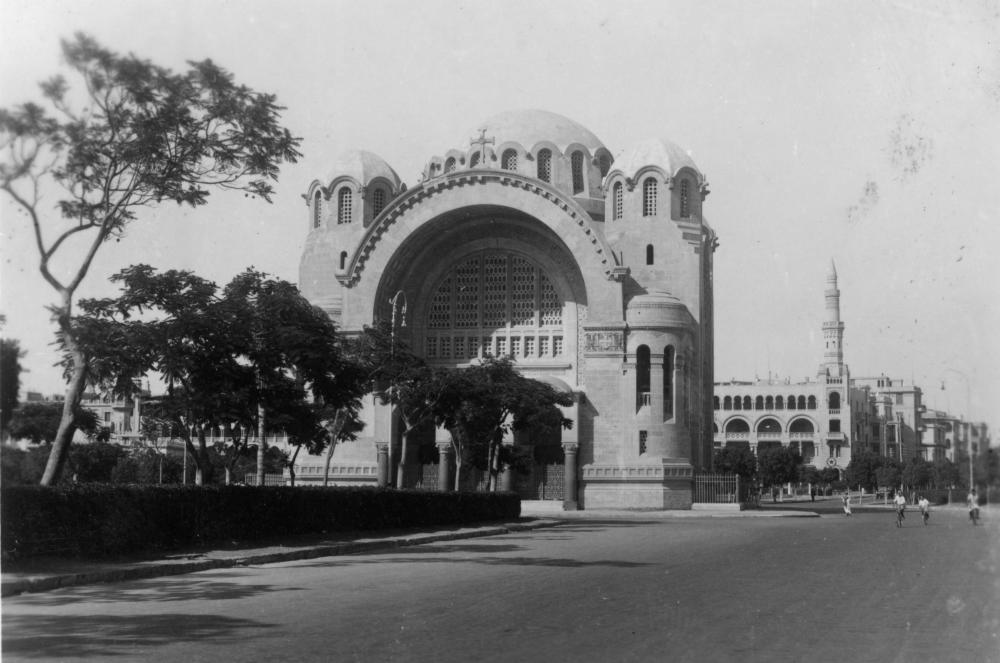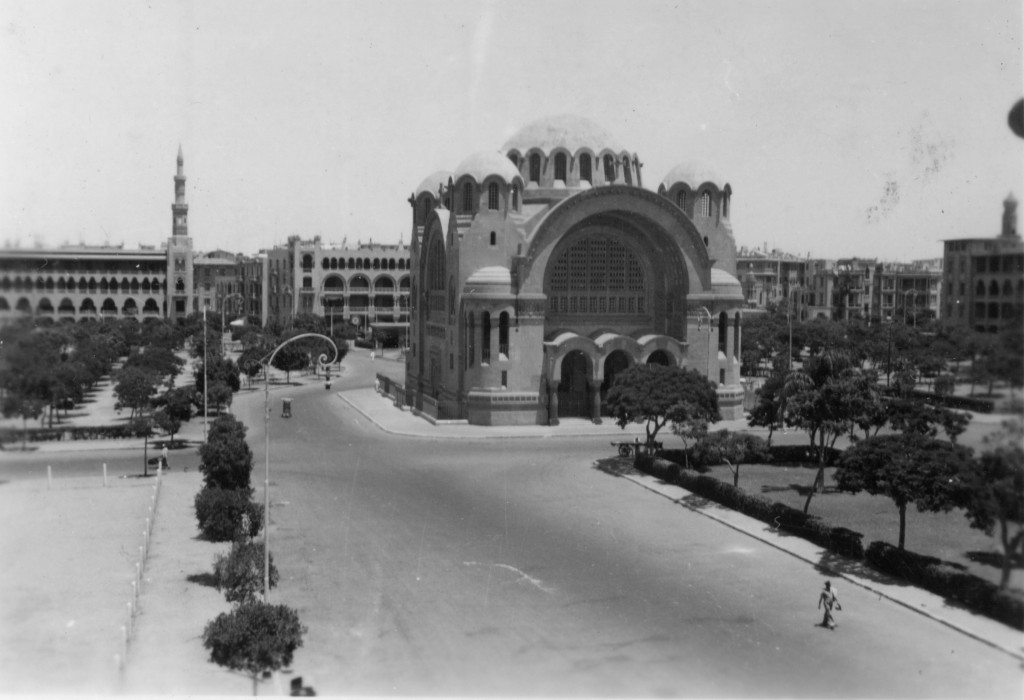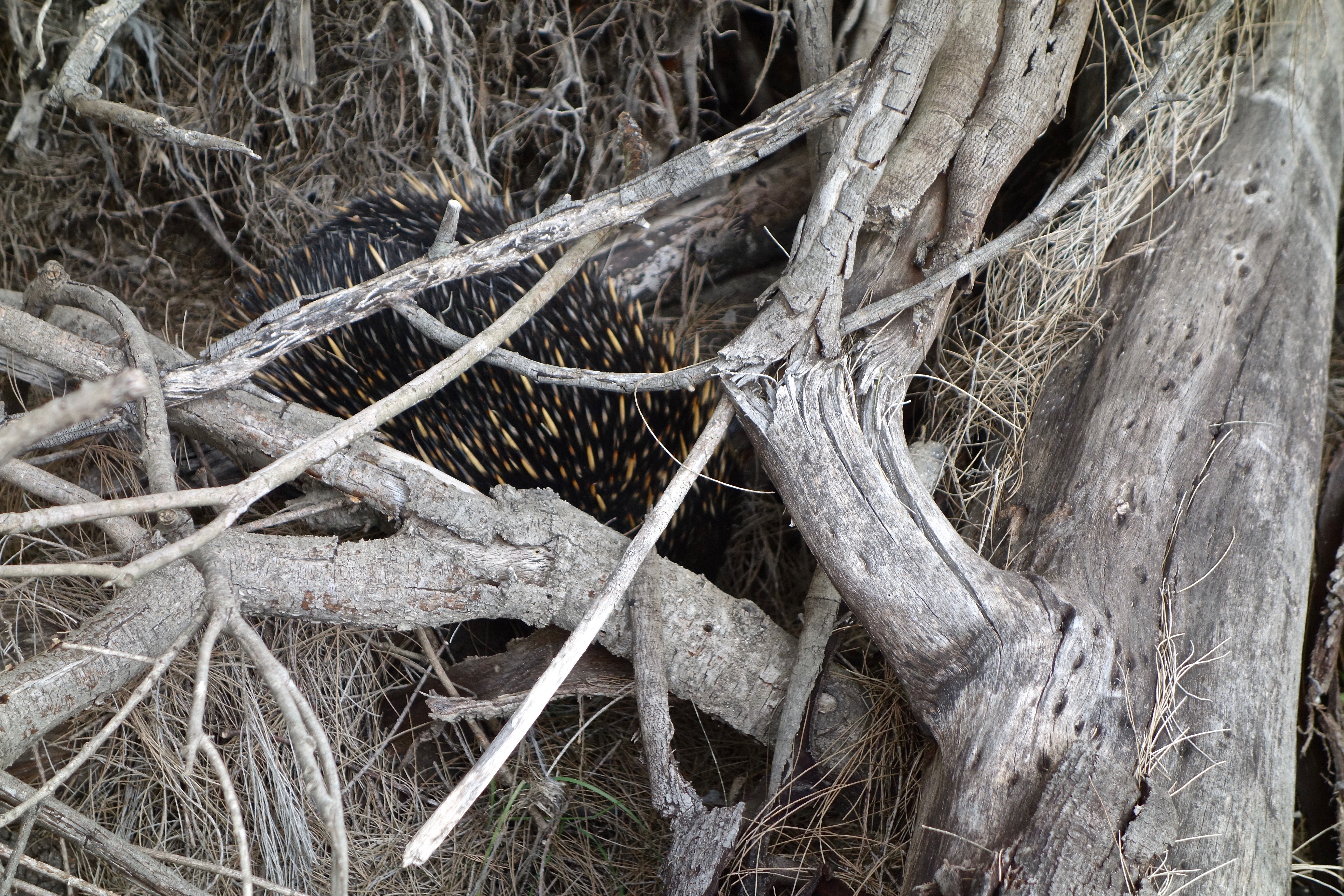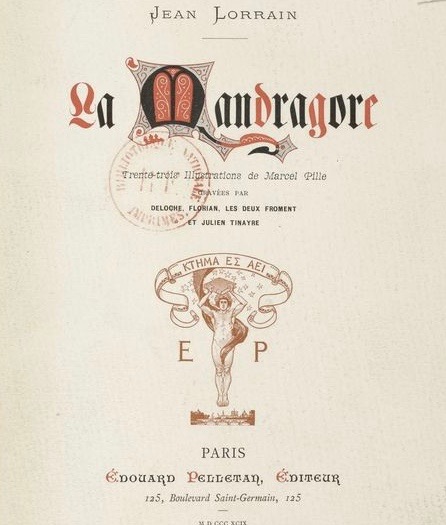After the US election, Ailsa at Where’s my backpack wrote Great, a poem. I read it out loud (no one was listening) and heard myself almost rapping… It’s a two-part verse, beginning in darkness, ending in light.
Encouraging bloggers to add some goodness to the dish on the other side of the scale, she has challenged us to do something GREAT:
Create something beautiful and share it with the world. Write something true from the depths of your humanity and share it with the world. Do something kind for someone in need. Embrace a different culture. Volunteer. Plant a tree. Tell someone how much they mean to you. Reach out to someone in your community you’ve never even noticed before. Try to understand someone else’s point of view. Learn something new. Teach your kids something new. Stand up to bullies. Protect those being victimized. Be brave. Be gentle. Be vulnerable. Nurture. Encourage. Forgive. Love. Shine.
The word Volunteer leapt out at me with its capital V. It’s what I do. I’ve done voluntary English tutoring for years, but previously only once a week. This year, it has been five days a week, a few hours each day. The rewards for the students are free language instruction and friendship, but for me the rewards are many and varied. They buy me flowers, plants, perfume from France, skin products from New Zealand, clothes from China (!), crockery and meals. But mostly, it’s coffee.
We meet in local cafés, where the owners have come to know me and my students. They even know what we’ll order, each student ordering the same thing every week.
This week I combined the great thing that is Ailsa’s poem with my volunteering: I used her poem in a lesson. I asked my student to read it out loud, tell me what poetic devices were used, and tell me what it all meant. Here she is expressing her feelings about the negative half, words about words that are ‘meant to shock, intimidate, demean and mock’, followed by the positive half, words about words that ‘serve to heal, unite, encourage and appeal’.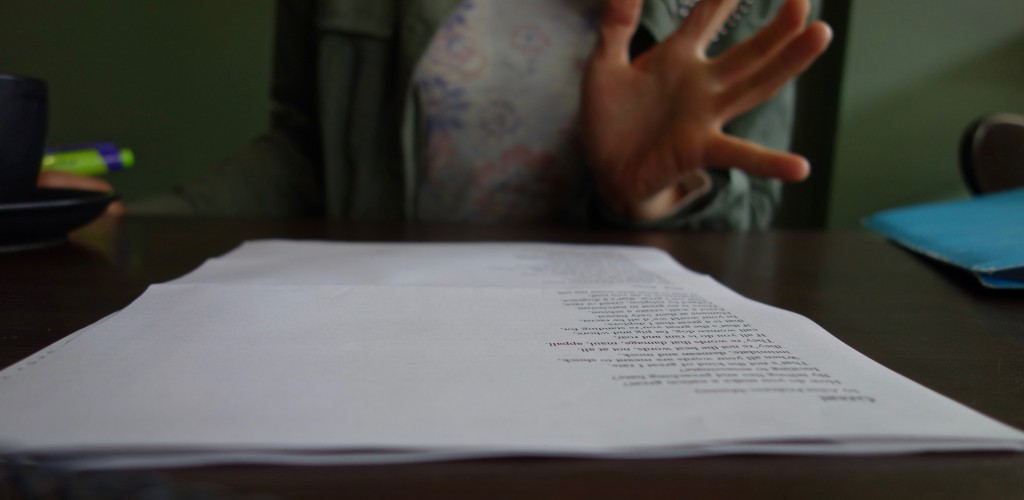 Now, I doubt that any great act on my part will counteract the new US president’s policies, but one day at a time, one person at a time, is a policy that’s working to make life better for me and my students in this part of the world.
Now, I doubt that any great act on my part will counteract the new US president’s policies, but one day at a time, one person at a time, is a policy that’s working to make life better for me and my students in this part of the world.
***

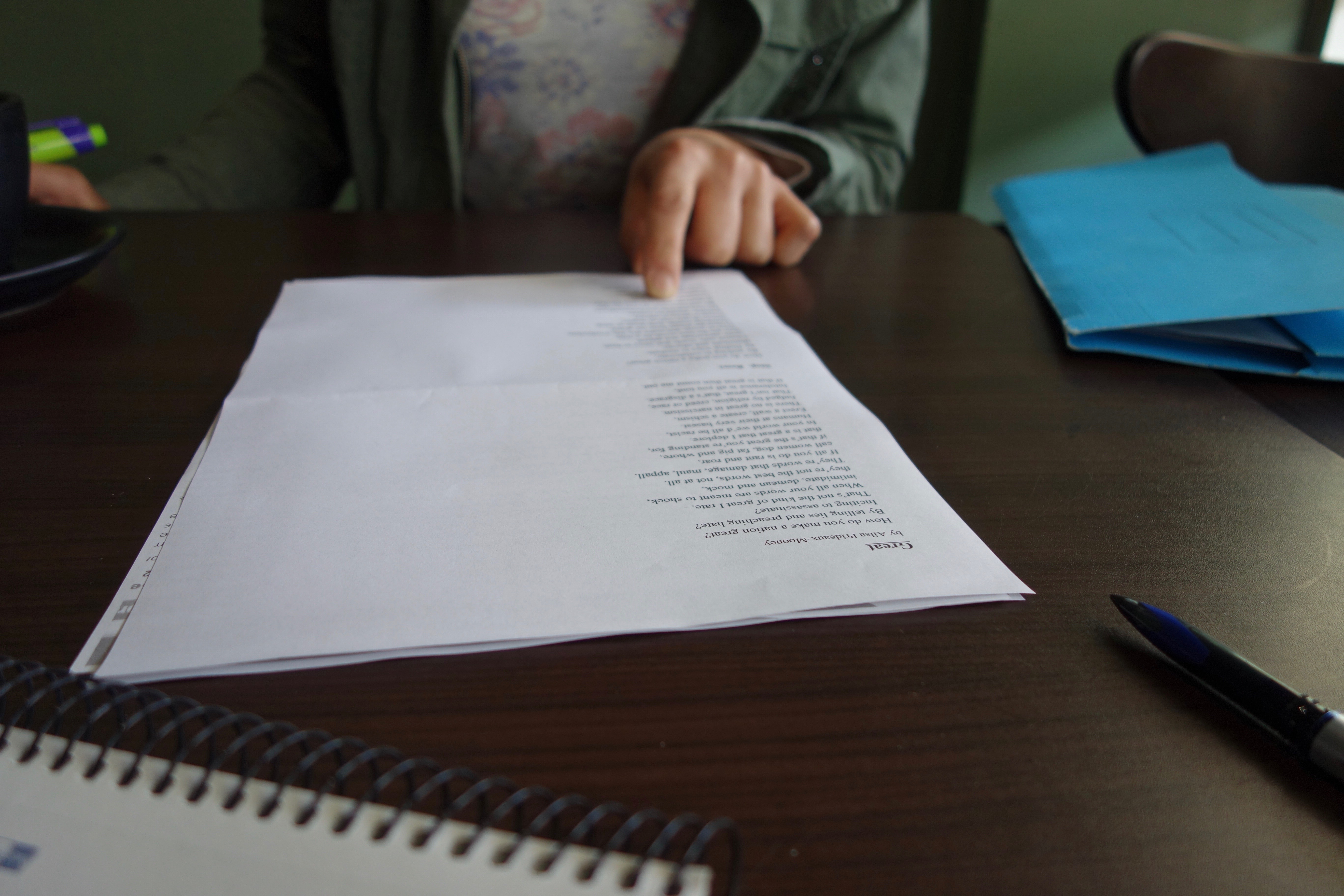





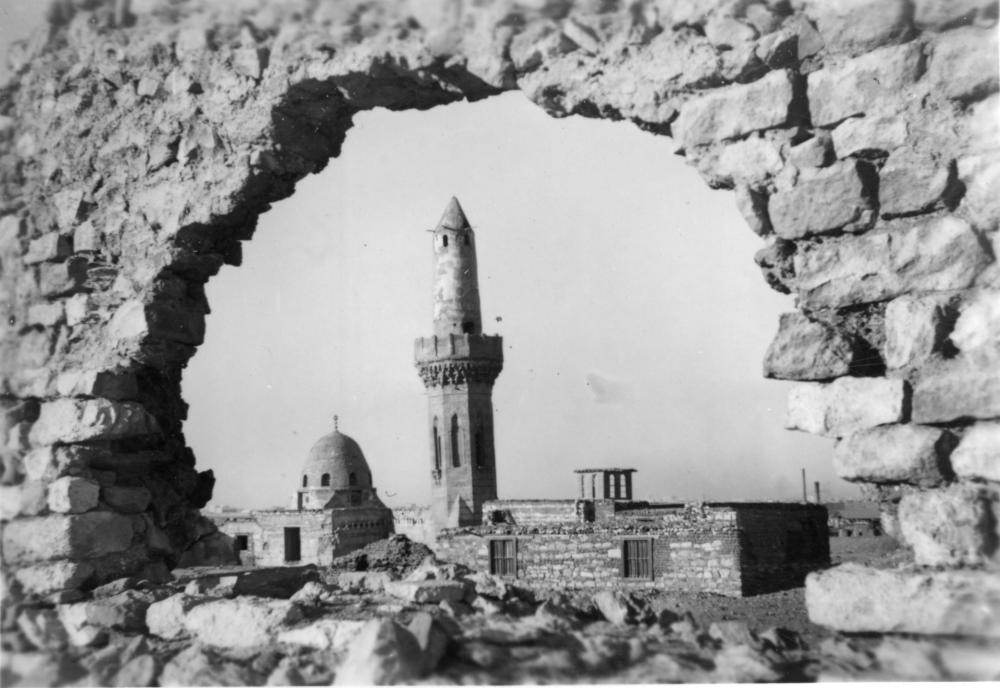


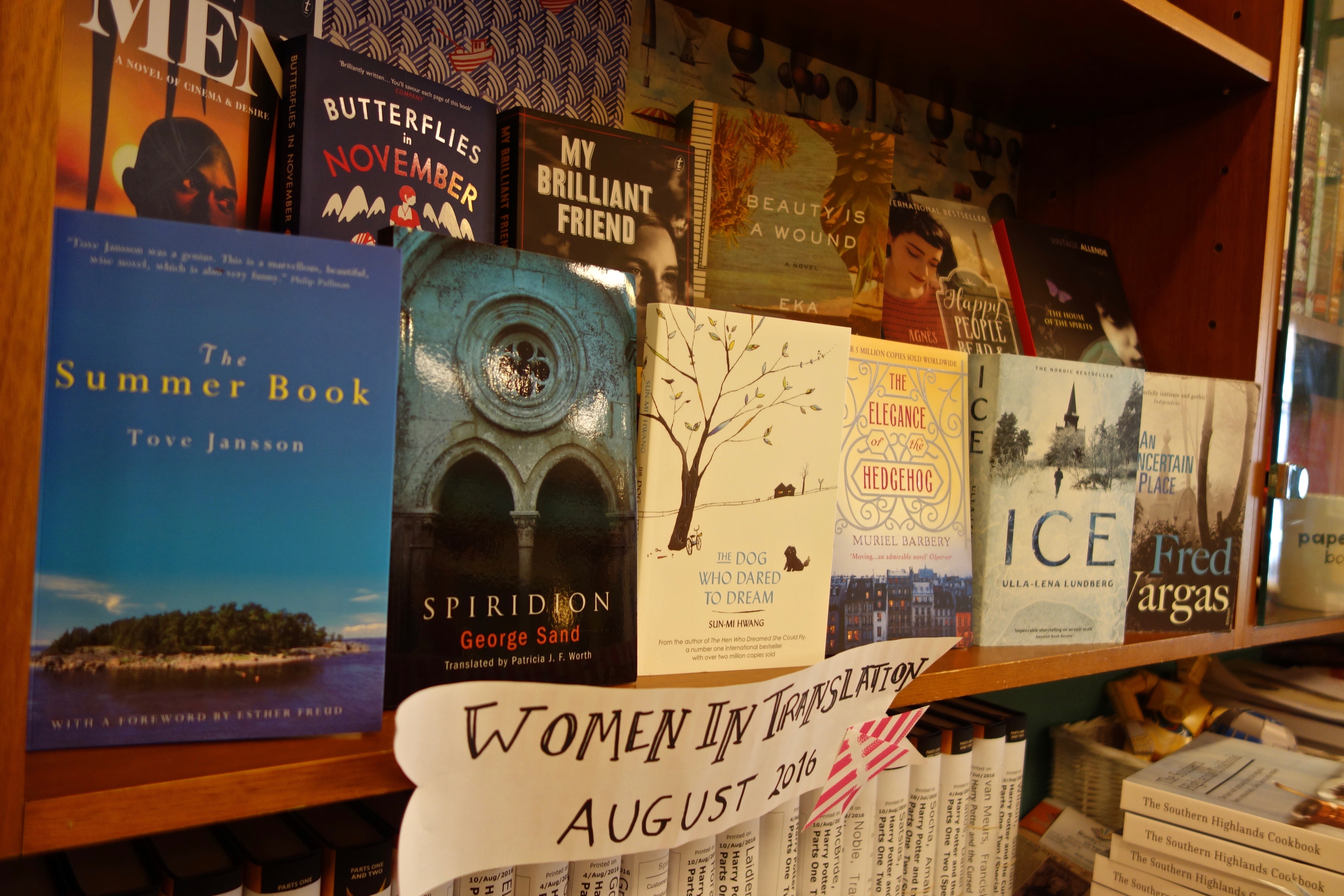



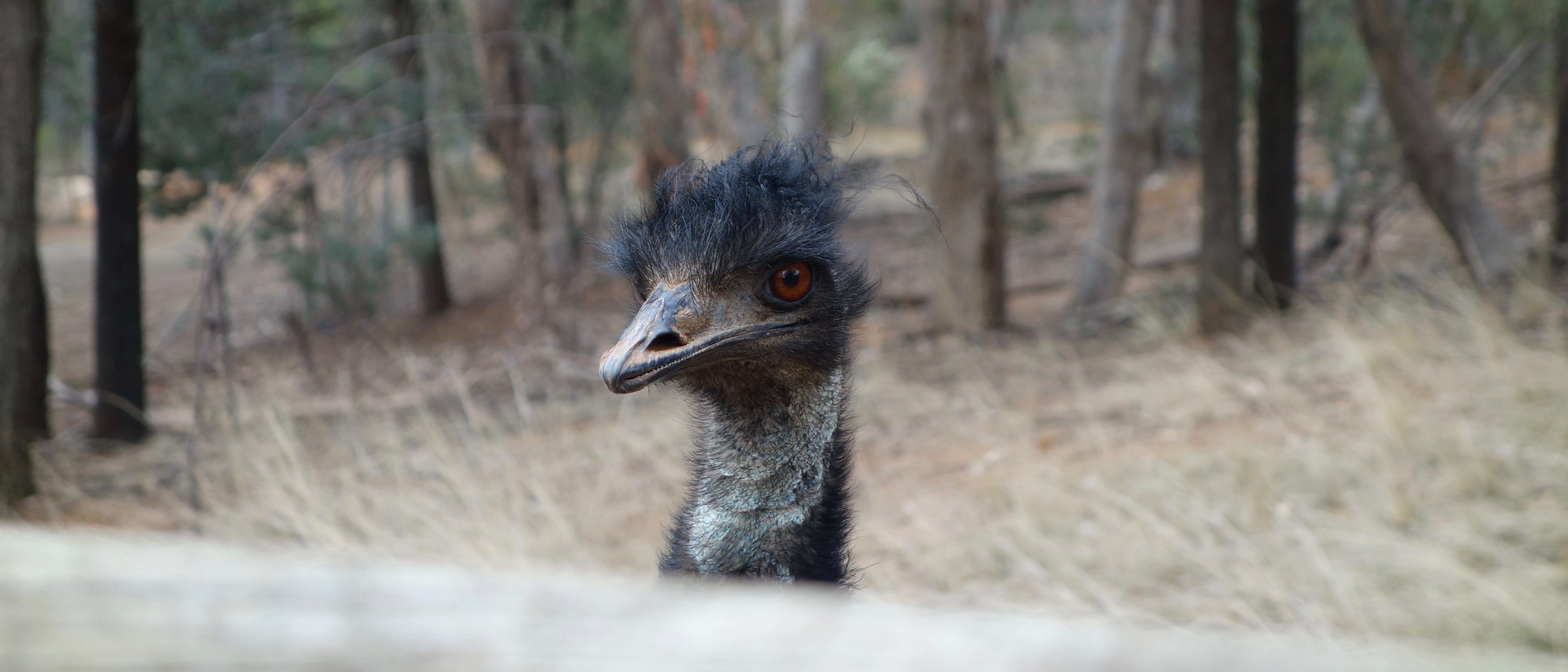
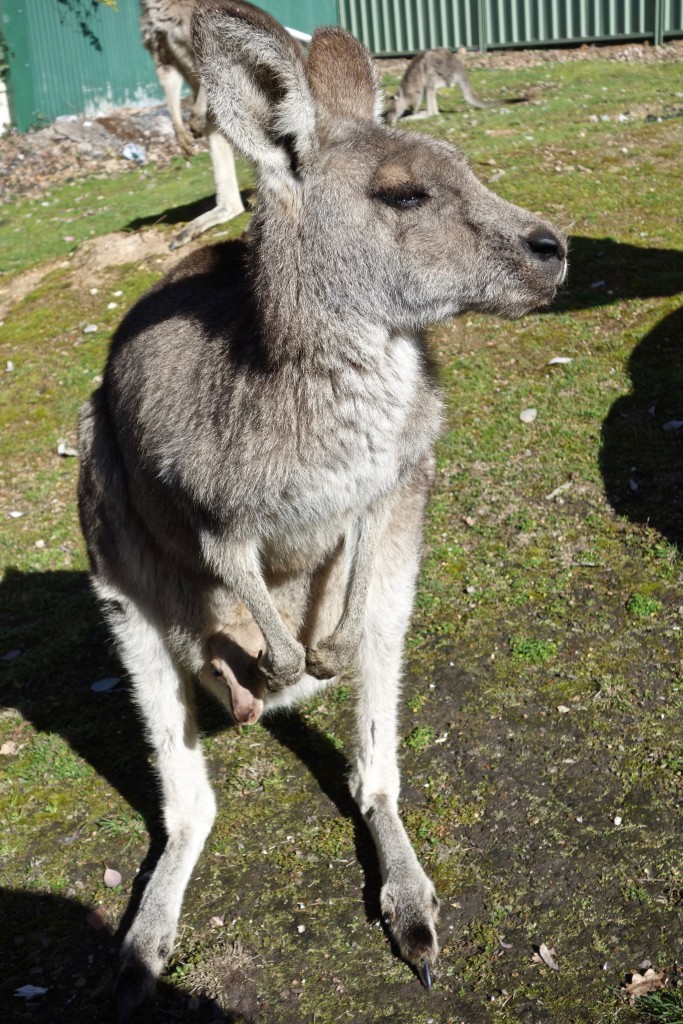
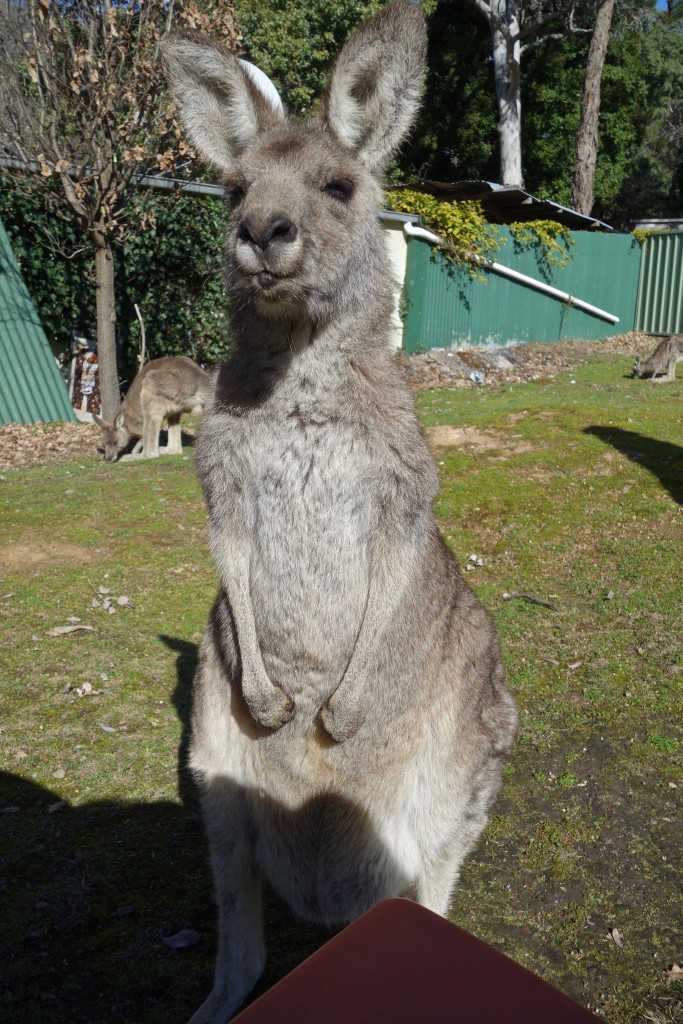
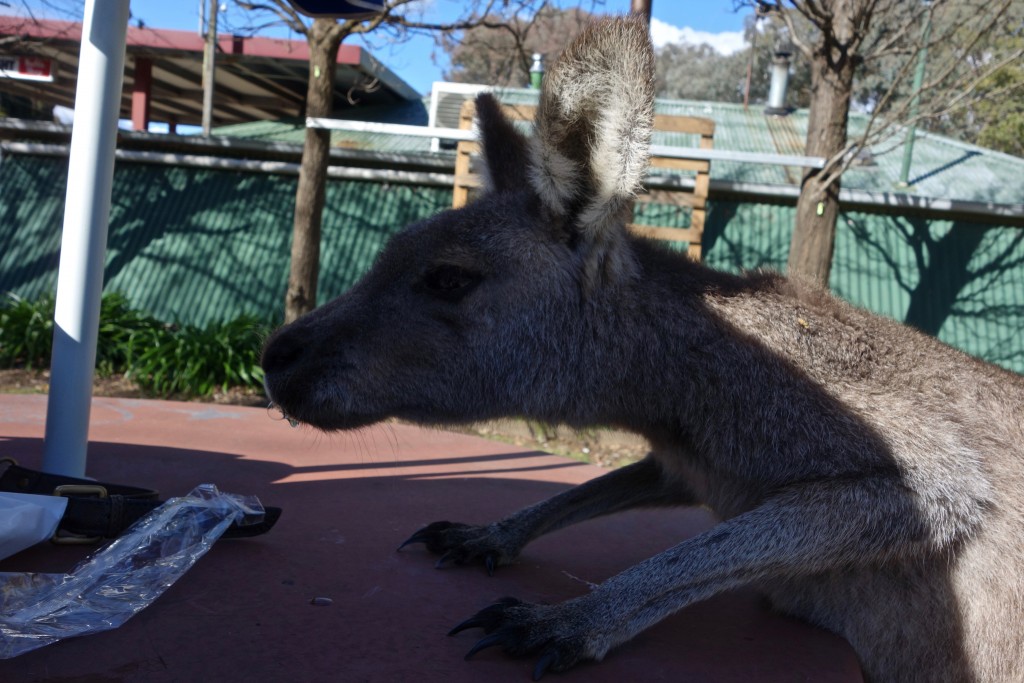
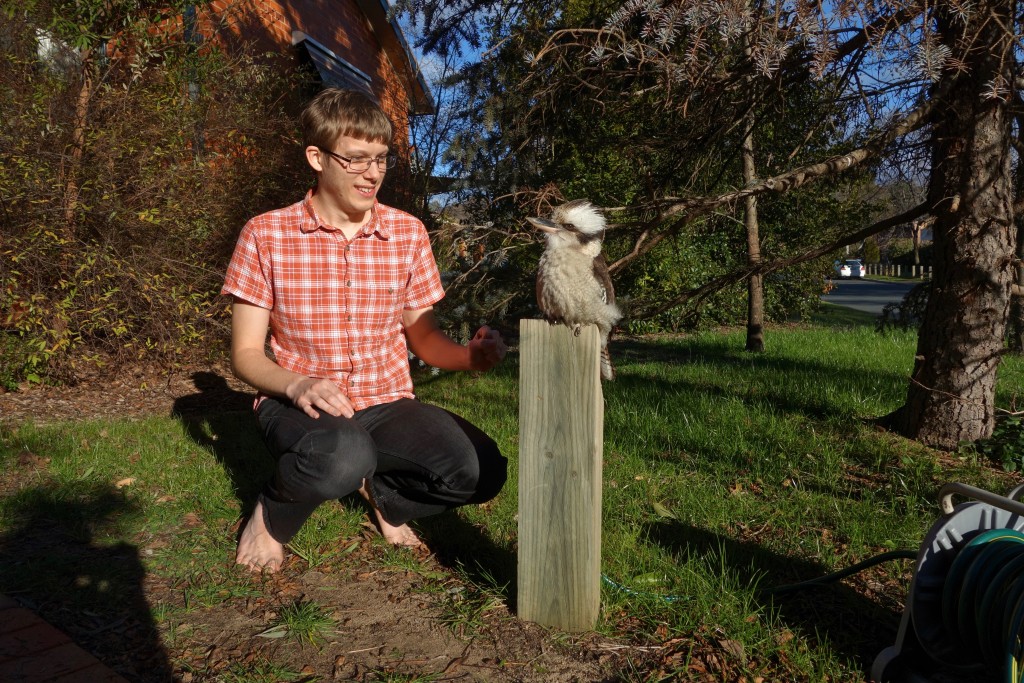
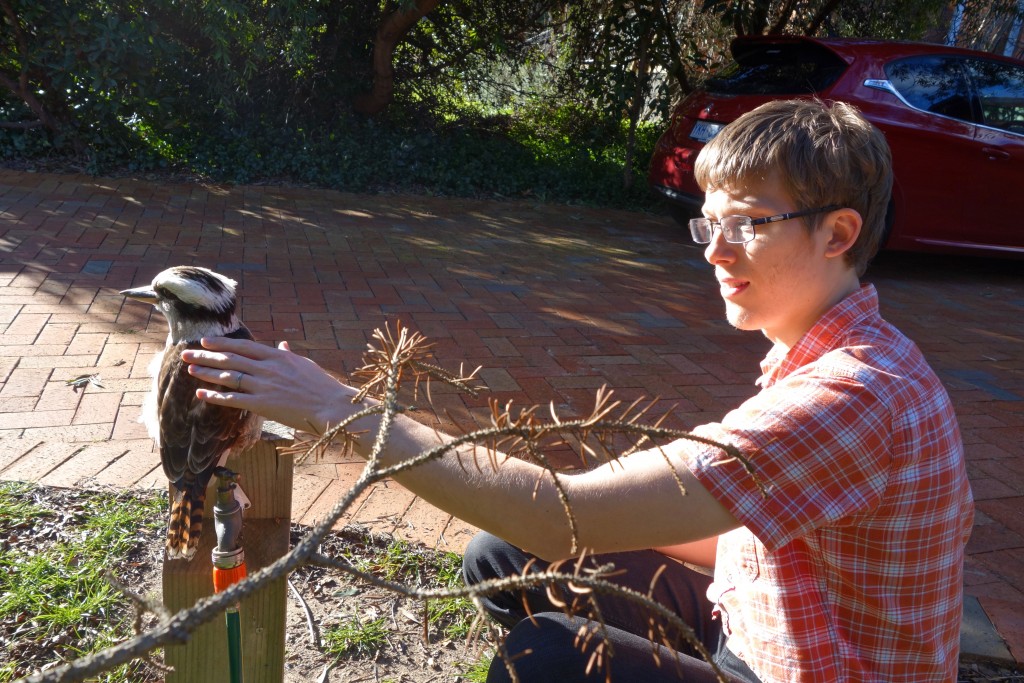
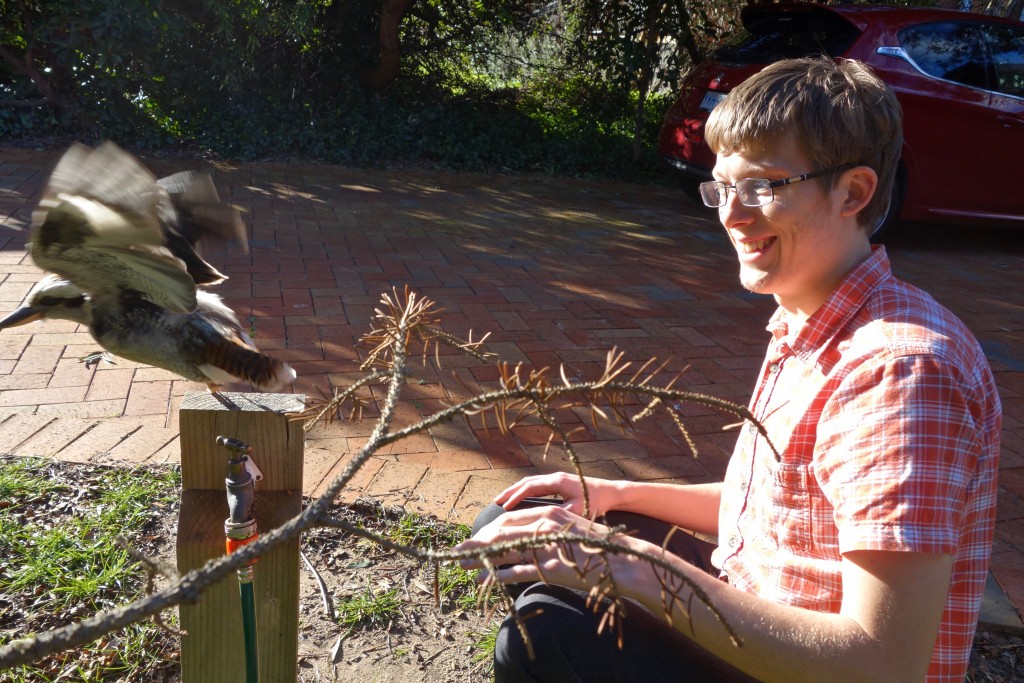
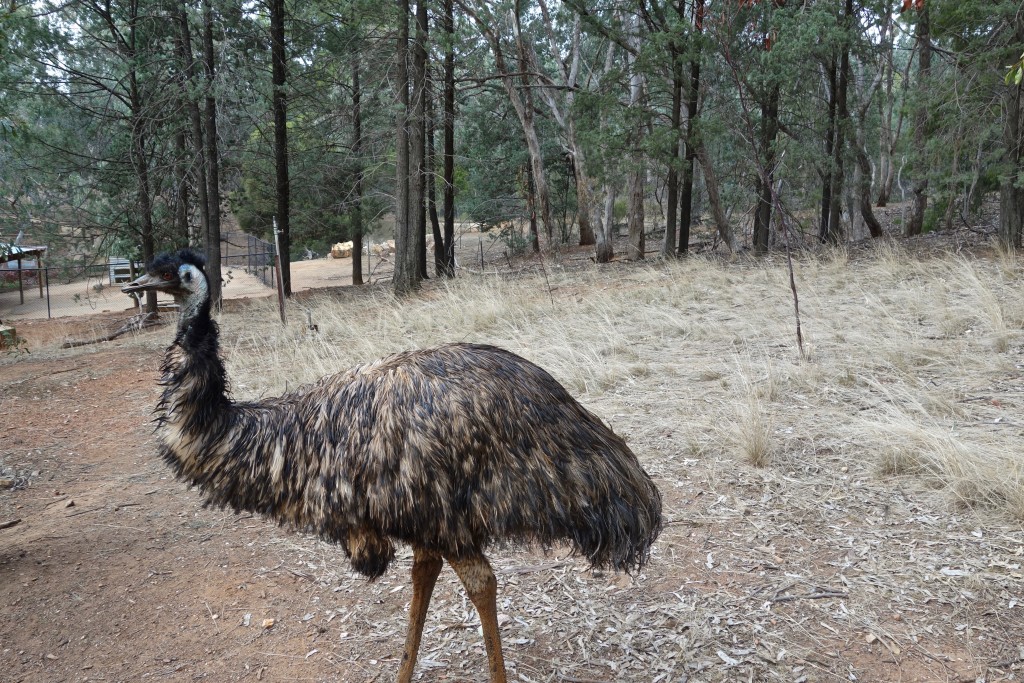
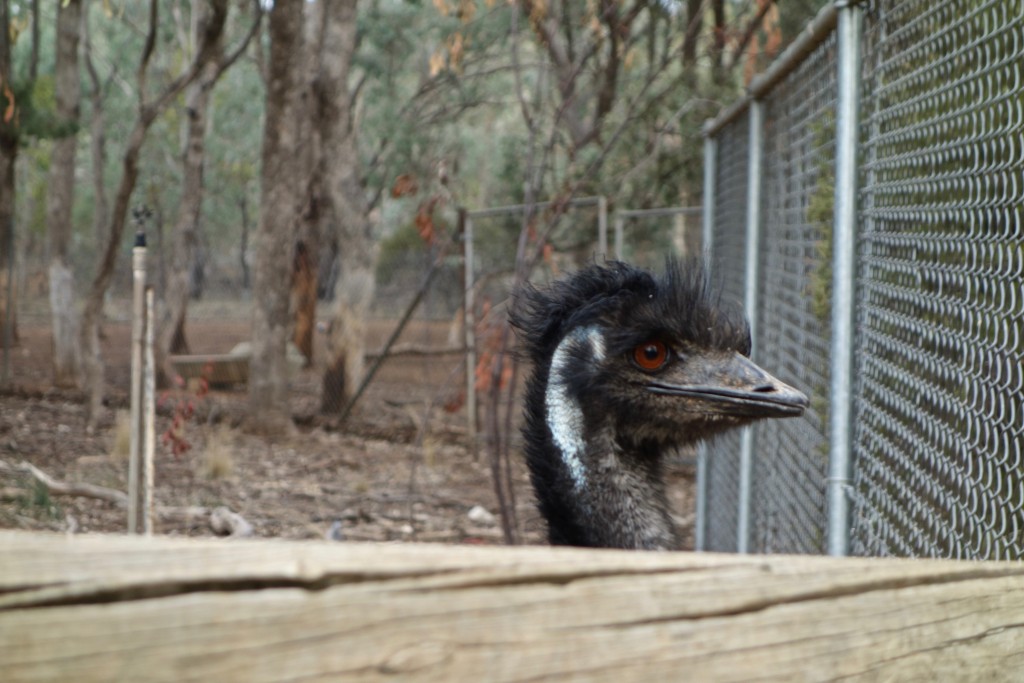
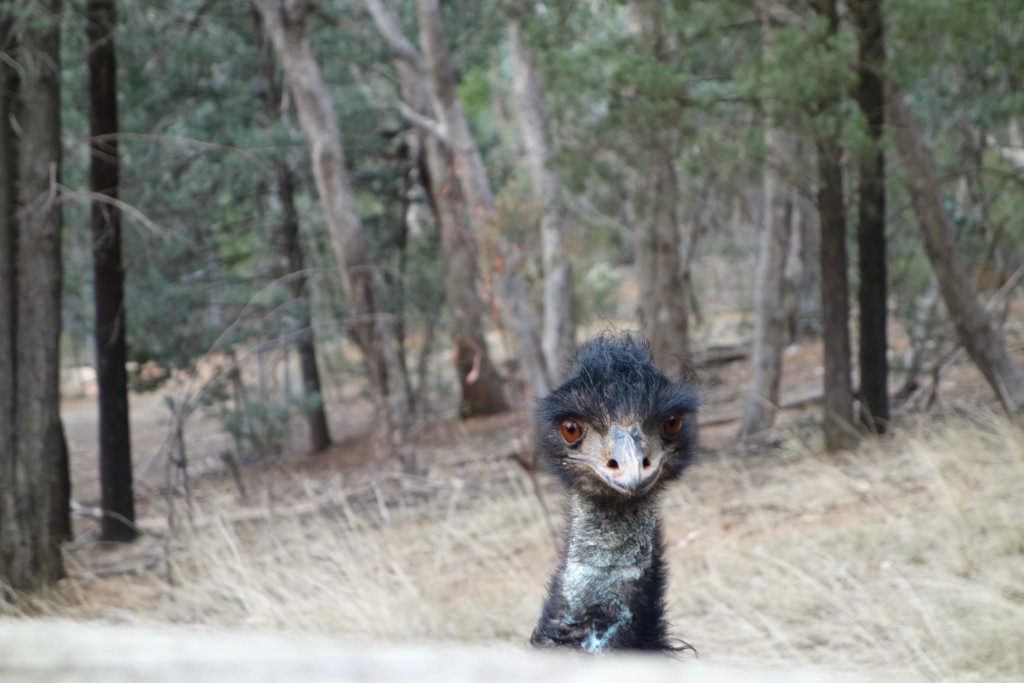
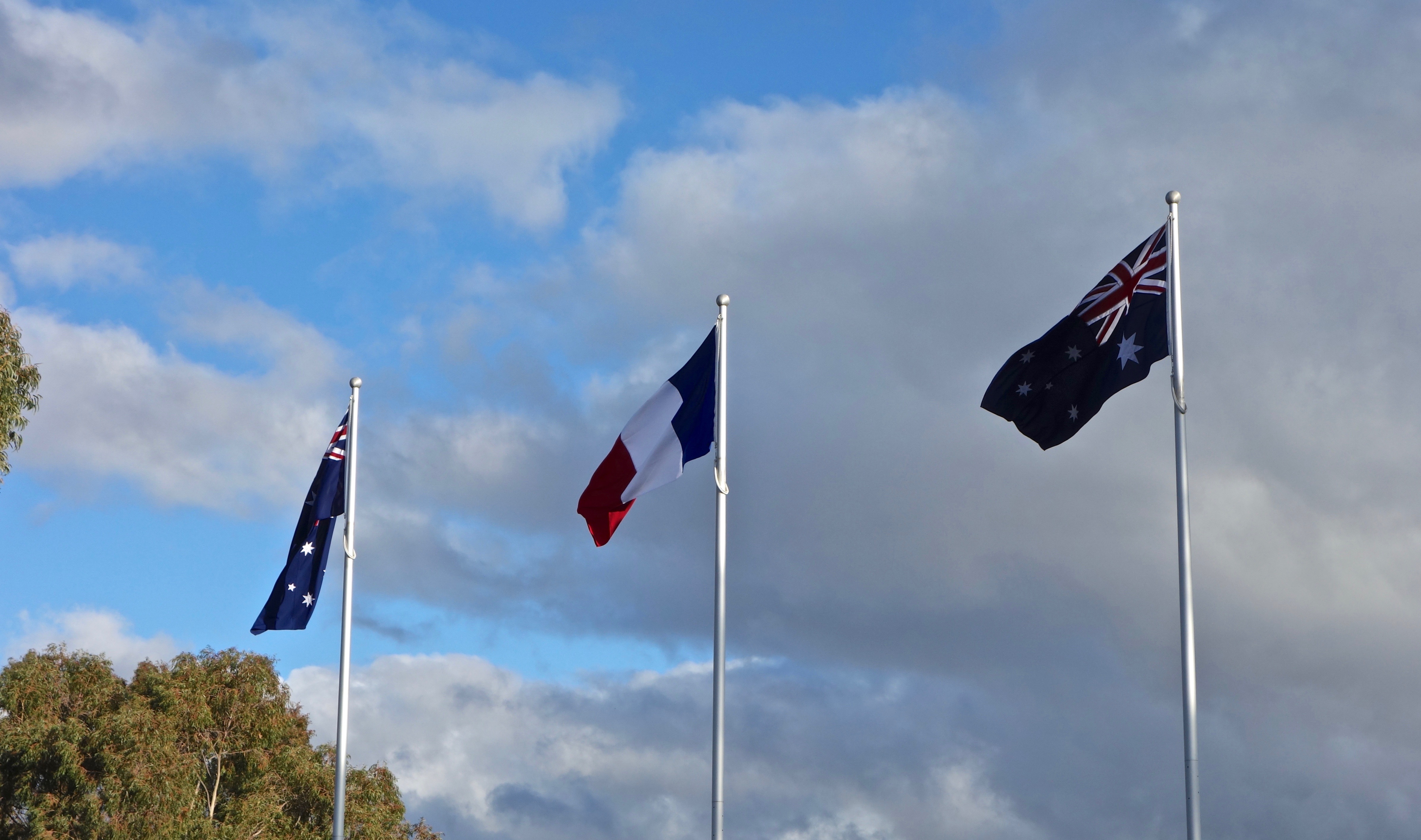
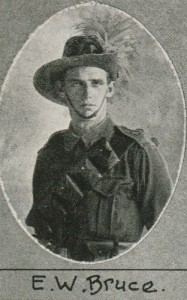


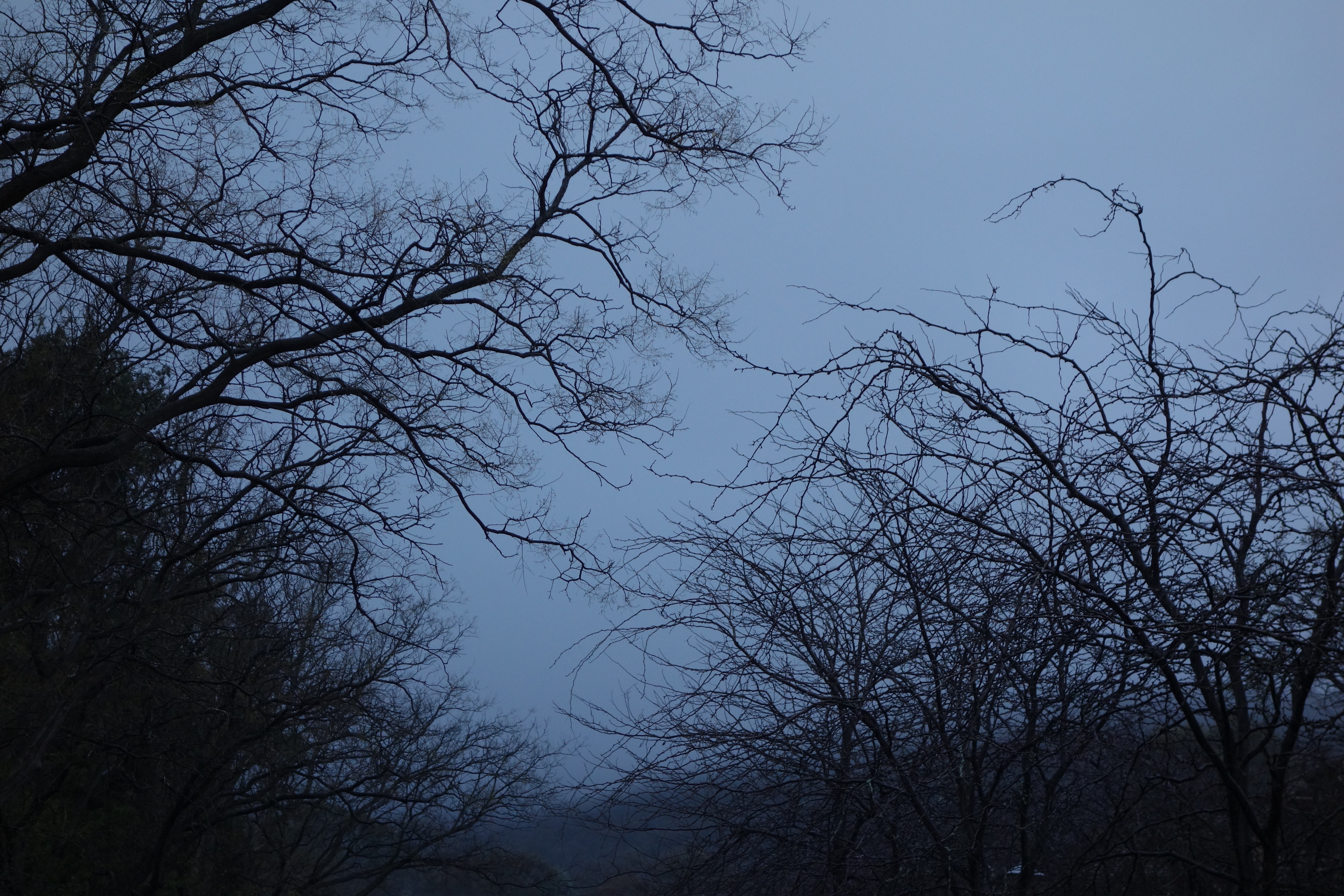

 It didn’t make me feel better. But I kept walking, my gloom burning off with each step. As I turned down a bush track, I looked up again and saw this Sulphur-crested cockatoo flying up to the branch above my head. I felt a little love for the world. Even gratefulness for the rain.
It didn’t make me feel better. But I kept walking, my gloom burning off with each step. As I turned down a bush track, I looked up again and saw this Sulphur-crested cockatoo flying up to the branch above my head. I felt a little love for the world. Even gratefulness for the rain. Back home, I had to prepare a lesson for a student for the next morning. It was to be poetry, something not too deep, not too obscure, something which might have meaning for her. I selected The World by William Brighty Rands, a poem I’d never read, by a poet I’d never heard of. After Robert Louis Stevenson’s Jekyll and Hyde had earlier dragged me down, I was pleasantly relieved to read about The World according to Rands. His poem lifted me, and things began to look up.
Back home, I had to prepare a lesson for a student for the next morning. It was to be poetry, something not too deep, not too obscure, something which might have meaning for her. I selected The World by William Brighty Rands, a poem I’d never read, by a poet I’d never heard of. After Robert Louis Stevenson’s Jekyll and Hyde had earlier dragged me down, I was pleasantly relieved to read about The World according to Rands. His poem lifted me, and things began to look up.